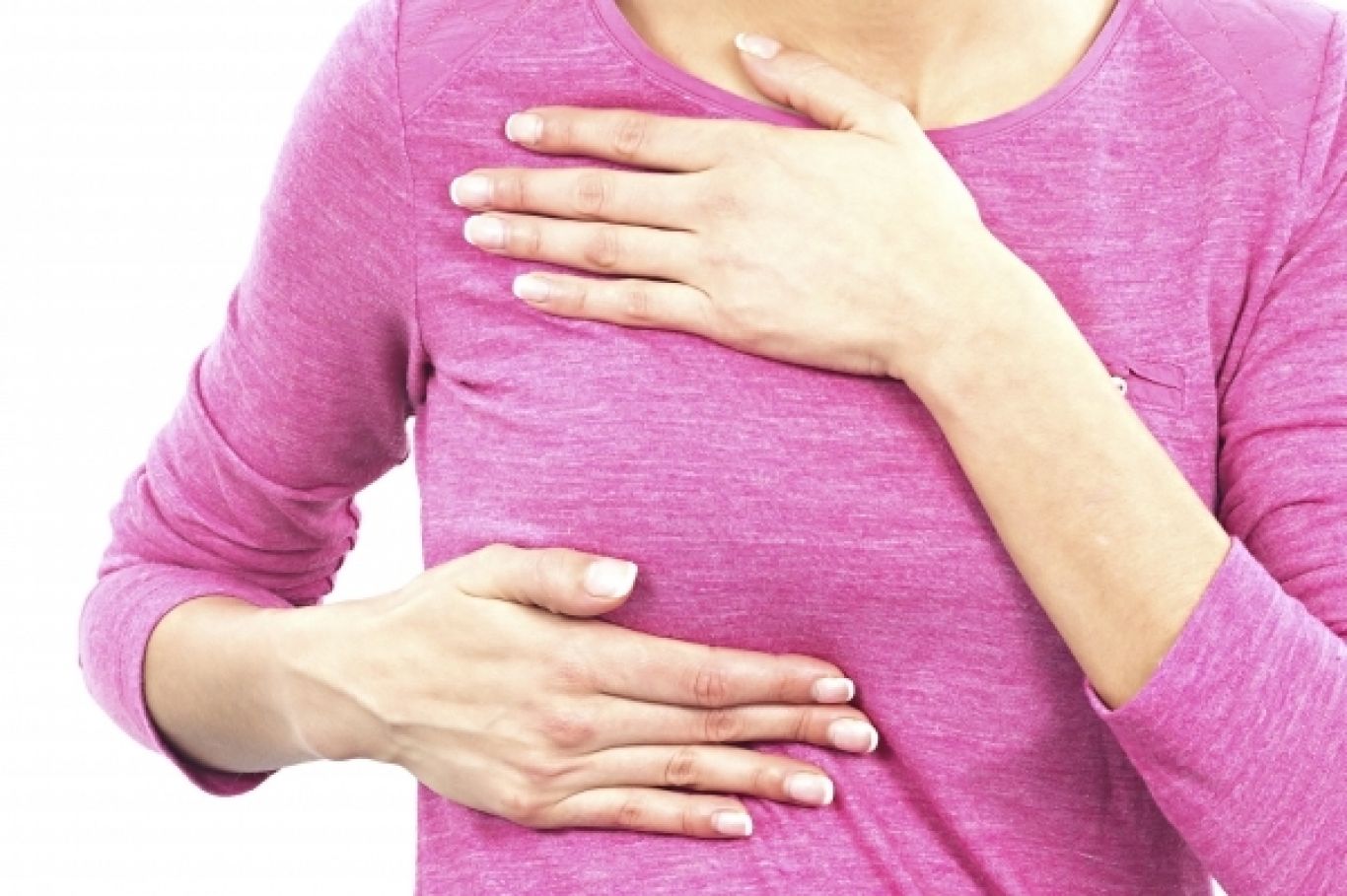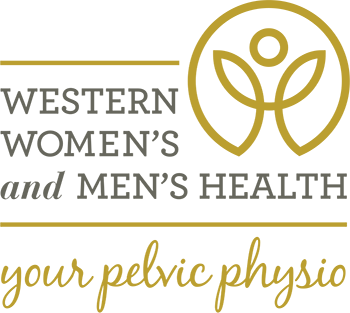
13 Mar Navigating Mastitis & Challenges of Early Motherhood
Along with many other challenges, mastitis is a common issue many new mothers face.
Mastitis is a common and painful condition experienced by many breastfeeding mothers, and it occurs when breast tissue becomes inflamed, often due to a blocked milk duct. While mastitis can be uncomfortable, there are ways to manage and treat the condition.
- Symptoms: Women who are experiencing breast tenderness and pain, redness, warmth, and swelling in the affected area, and flu-like symptoms such as fever and body aches.
- Causes: Women experiencing Blocked milk duct, which can result from improper latch during breastfeeding, pressure on the breast from tight clothing or a nursing bra, or a baby’sbaby’s rapid milk intake.
- Treatment: Combination of self-care techniques, such as applying heat or taking warm showers, and medical intervention, such as antibiotics. Physiotherapy can be crucial in treating and managing mastitis, including manual lymphatic drainage, pain management techniques, and education on proper breastfeeding techniques.
- Prevention: It is essential to practice good breastfeeding techniques, such as switching sides often, and wearing comfortable and supportive clothing, allowing time for complete milk drainage.
However, a women’s health physiotherapist can be crucial in treating and managing mastitis while addressing early motherhood’s challenges.
- Lymphatic Drainage: A physiotherapist can perform manual lymphatic drainage to help improve milk drainage from the affected area, reducing inflammation and swelling. Another excellent tool from a physio toolbox is taping, which aids lymphatic drainage even a few hours after your session.
- Pain Management: Physiotherapy techniques such as massage, heat therapy, and ultrasound can help alleviate pain and discomfort associated with mastitis and the physical demands of early motherhood.
- Postural Correction: Poor posture can exacerbate mastitis symptoms. A physiotherapist can teach optimal body mechanics to reduce stress on the affected area and assist with back and neck pain often associated with caring for a newborn.
- Latch Assistance: A woman’swoman’s health physiotherapist can assess and assist with the proper latch technique during breastfeeding to minimise stress on the affected area.
- Education and Emotional Support: Physiotherapy addresses physical symptoms and provides education and emotional support to new mothers. Physiotherapists can educate mothers on self-care techniques, such as stress management, and provide a safe and supportive environment for mothers to express their concerns and challenges.
And last but not least,
- Stretching and Strengthening Exercises: New mothers may experience muscle weakness and tension; a physiotherapist can develop a personalised exercise program to improve the strength and mobility of the affected muscles and surrounding tissues while also promoting overall physical well-being
In conclusion, physiotherapy can be a valuable resource for new mothers facing the challenges of mastitis and early motherhood. Physiotherapists can help reduce pain and swelling, improve milk drainage, promote physical well-being, and provide emotional support. With the help of a physiotherapist, new mothers can get back to feeling confident and comfortable in their journey.
Book an appointment with our caring physio here
